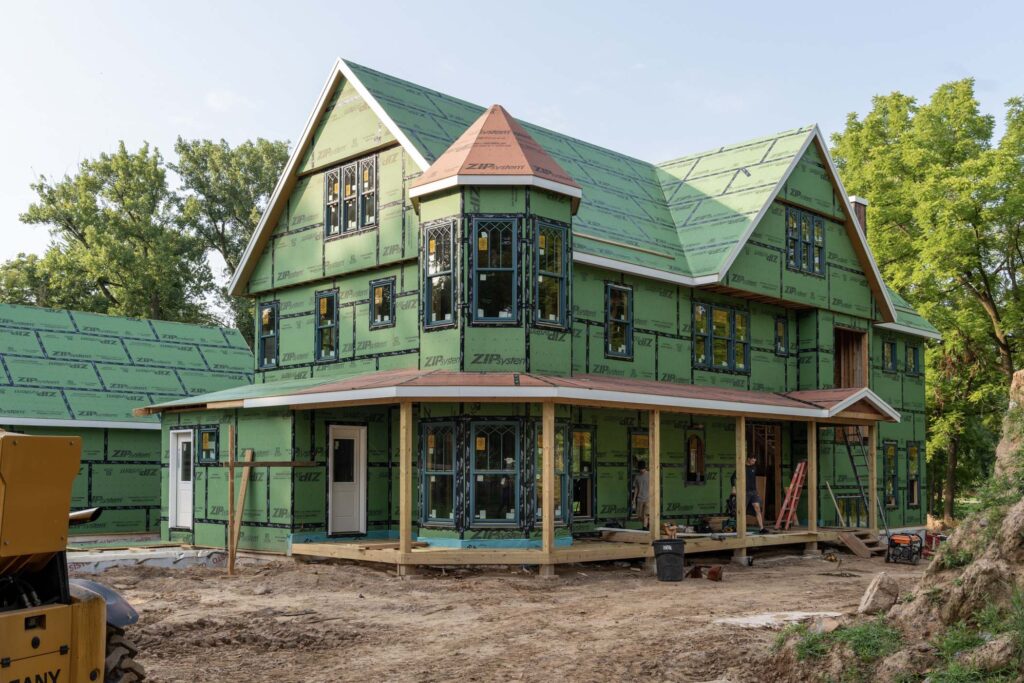Condensation on the outdoor surface of an insulating glass unit is not an indication that the insulating glass unit is defective. Under the right set of atmospheric conditions, it is possible to get condensation on the exterior glass surface of an IG unit. Specifically, these conditions are as follows:
• Glass temperature below dew point temperature
• Clear night sky
• Still air
• High relative humidity
• Well-Insulating Glazings
Exposed to these conditions, the outdoor surface of the glass can radiate heat away to the night sky such that the glass temperature falls below the dew point of the ambient air. When this occurs, moisture from the air condenses on the glass surface. Only when the glass temperature rises above the dew point will the condensation evaporate back into the air. Dew formation on grass, car hoods and roofs, building roofs and walls is common and accepted as a fact of nature. The presence of moisture indicates that a specific set of atmospheric conditions exists and that the insulating glass unit is indeed doing its job – that of insulating the building from the environment. In this case, that insulation capability is what retards the flow of building heat through the glass and prevents warming of the outdoor glass surface above the dew point.
If Outdoor Condensation Occurs On An Insulating Glass Unit, There Is Little Or Nothing That Can Be Done To Prevent Its Recurrence.
• Draperies can be opened to allow as much heat transfer through the glass as possible.
• Trees or buildings can block the radiation view to the sky reducing the chance for outdoor condensation.
• Shrubbery immediately adjacent to the glass can increase the local humidity increasing the chance for outdoor condensation.
The Outdoor Surface Of The Insulating Glass Unit Will Warm And The Condensation Will Evaporate When The Wind Picks Up Or Sunlight Is Absorbed On The Glass Surface.







